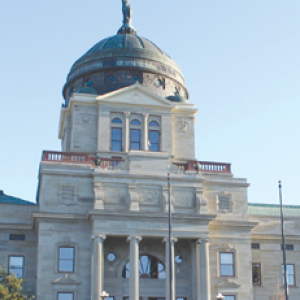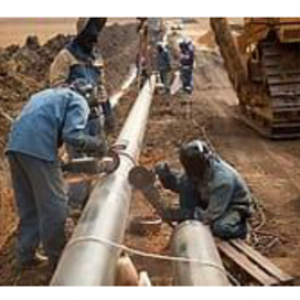In a survey of public opinion about the state of education in the country conducted by EdChoice reports that only about two out of five Americans believe that K-12 education is headed in the right direction, which is actually an improvement over a 2016 survey of about 18 points. Over half say it is on the wrong track, a 10-pont decrease since the fall of 2020.
However, the opinion of parents differed from that of the general public. Their opinion that school’s are headed in the right direction (44%) has remained steady while the opinion of the general public that it is on the wrong track declined by 10 points.
Current school parents are more pessimistic about the K-12 education than is the general public.
The type of schools children attended appeared to have an effect on parents’ perception of K-12 education. Charter school parents were more likely to be optimistic than school district and homeschooling parents.
Homeschoolers had the most negative view of the state of education. About 56 percent of Homeschoolers said that the public education was headed in the wrong direction.
The survey stated that the pandemic disrupted school enrollments and expectations. Some public schools lost large numbers of students and home schooling rates soared to new heights.
Eighty-three percent of children were enrolled in public district schools in school year 2018–19. Less than half of that share of parents said public schools were their preferred school type. Eight percent of students were enrolled in private schools; 6 percent in public charter schools; and 3 percent were homeschooled. In comparison, 36 percent of parents ideally preferred private schooling for their children; 14 percent preferred charter schools; and 12 percent preferred homeschooling.
Homeschooling was most likely to be preferred by a lower-income parent. Middle-income parents favored private schooling notably more than other school types, and higher-income parents preferred district schools and private schools almost equally.
Parents were also asked what grade they would give their local schools. Parents were most praiseworthy of their local private schools, with 74 percent of applicable parents giving an “A” or “B.” Fifty-nine percent of applicable parents gave the same grades to charter schools, a significant jump from their 2020 results. Less than half of district or public schools received an “A” or “B,” substantially lower than last year.
The survey asked parents what was important to them in selecting a school. Parents with children in public district schools were most likely to mention location as a top priority for selecting a school, nearly twice the rate of private school parents. Socialization was the second most-cited reason parents select district schools, followed closely by noting that the school was assigned to their family.
Private school parents and charter school parents signaled that academic reputation was the most important aspect, followed by a safe environment and morals/character/values instruction. Homeschooling parents heavily valued a safe environment, with more than half of them placing it in their top three. Individualized attention was a clear second for homeschooling parents, while location and moral instruction were a tight third and fourth.
The vast majority of Americans underestimate how much money public schools spend.
The median person guessed $7,000 per student per year, while the median parent guessed $5,000. Taking into account the state where each respondent resides, 77 percent of Americans and 81 percent of school parents underestimated how much public schools actually spend, which on average approaches about $25,000 per student.
Learning loss concerns are prevalent after a school year full of disruptions and shifts back-and-forth between remote, hybrid and in-person learning. So we wanted to know how much parents were interested in supplemental or alternative education this year.
Two-fifths of parents said they were at least somewhat likely to seek tutoring for their children this year, though charter and private school parents were noticeably more likely to say they may seek tutoring.
SIA respondents were asked their opinion on school choice generally, without providing a definition. The majority of parents and the general population (60%) said they supported school choice. Seventeen percent of the general public and 13 percent of parents said they oppose it. A fifth of the general population and a quarter of parents said they had never heard of school choice.


